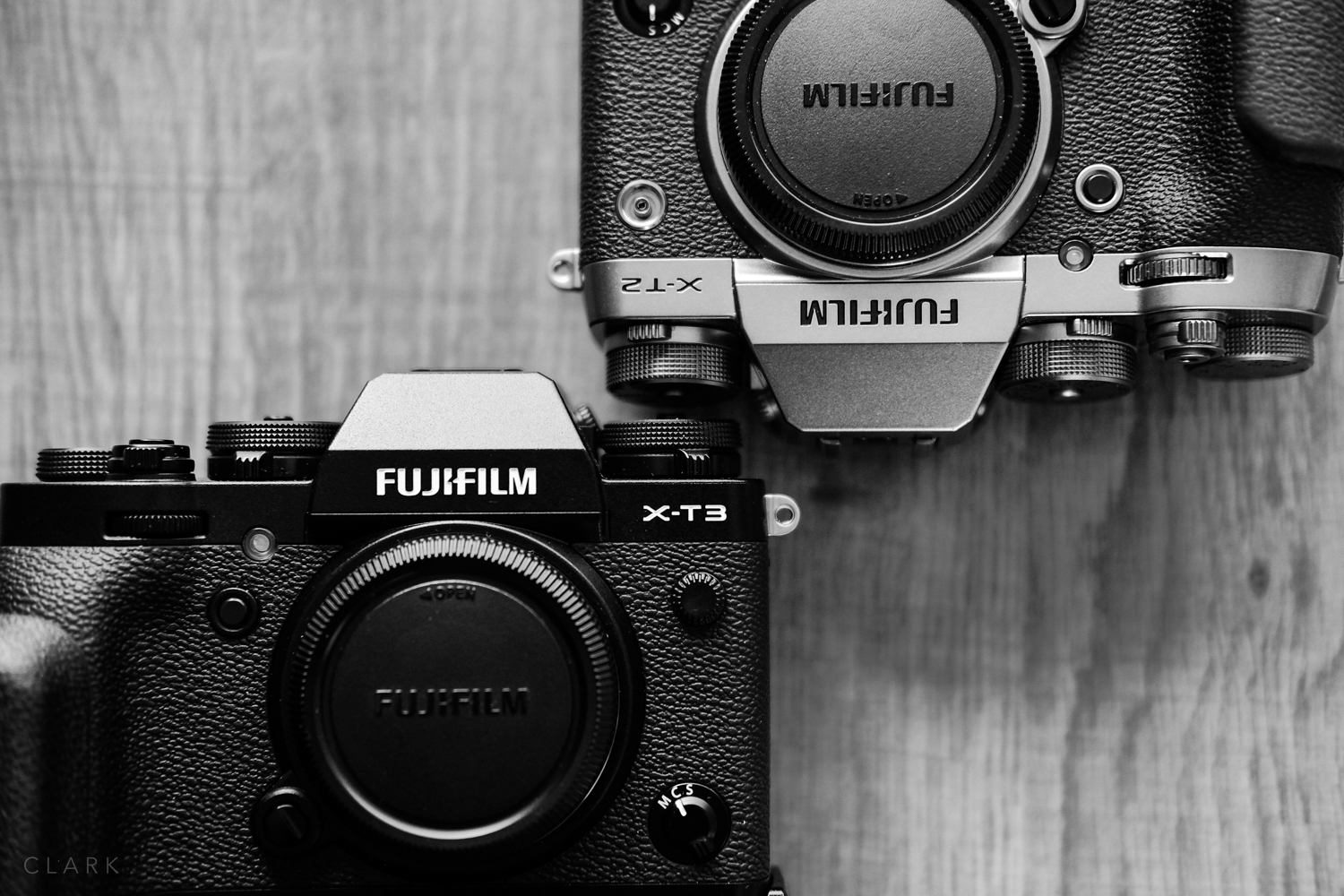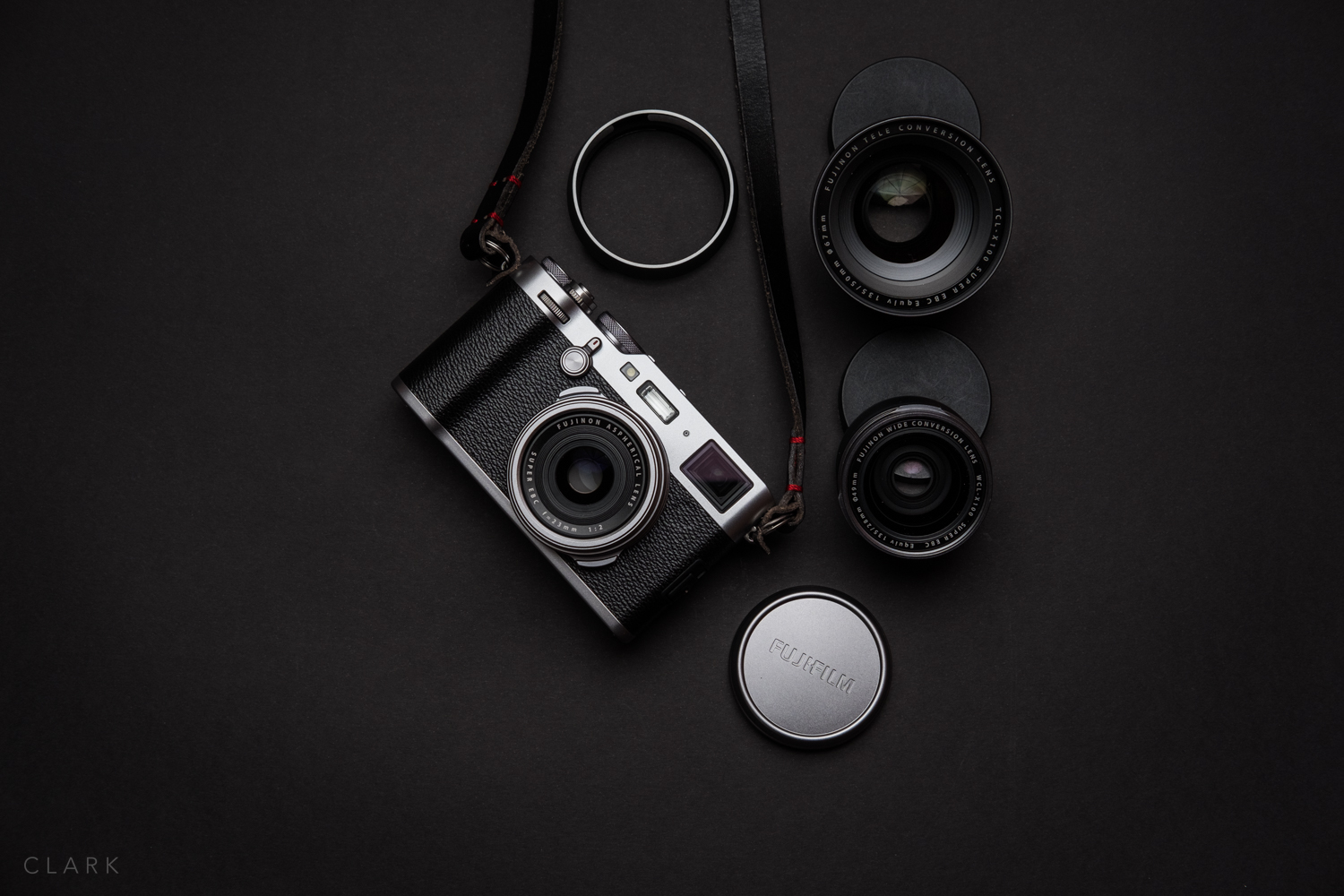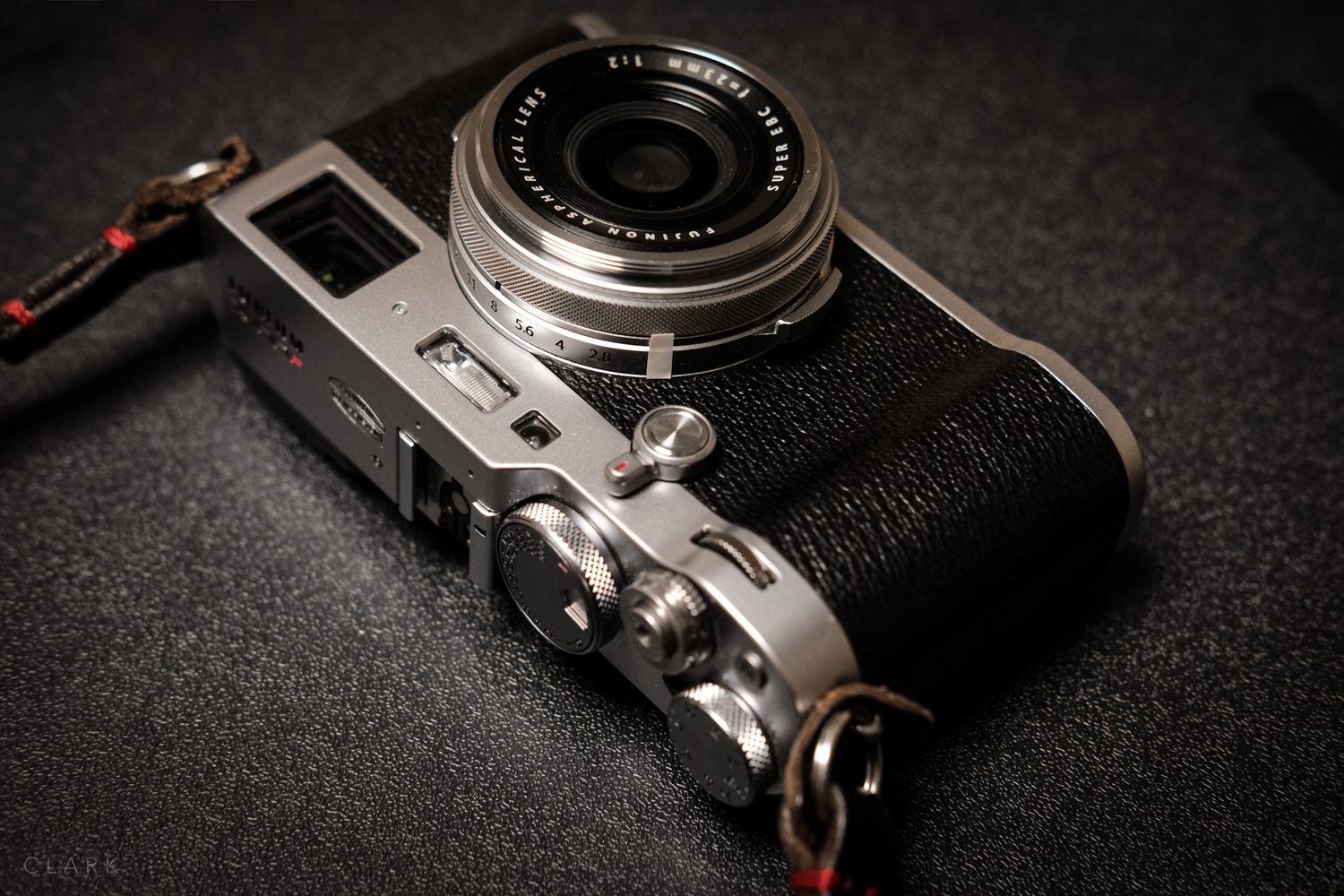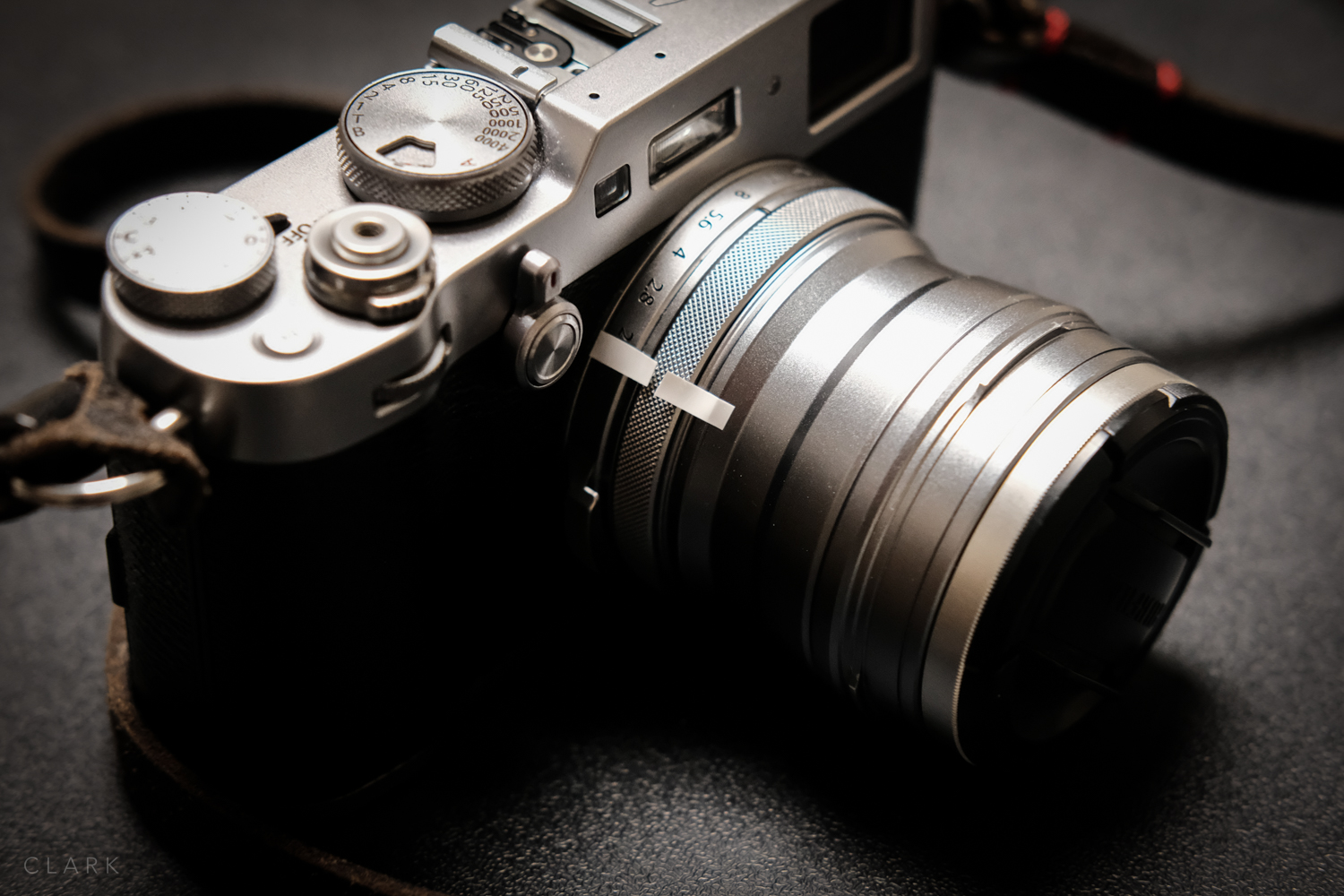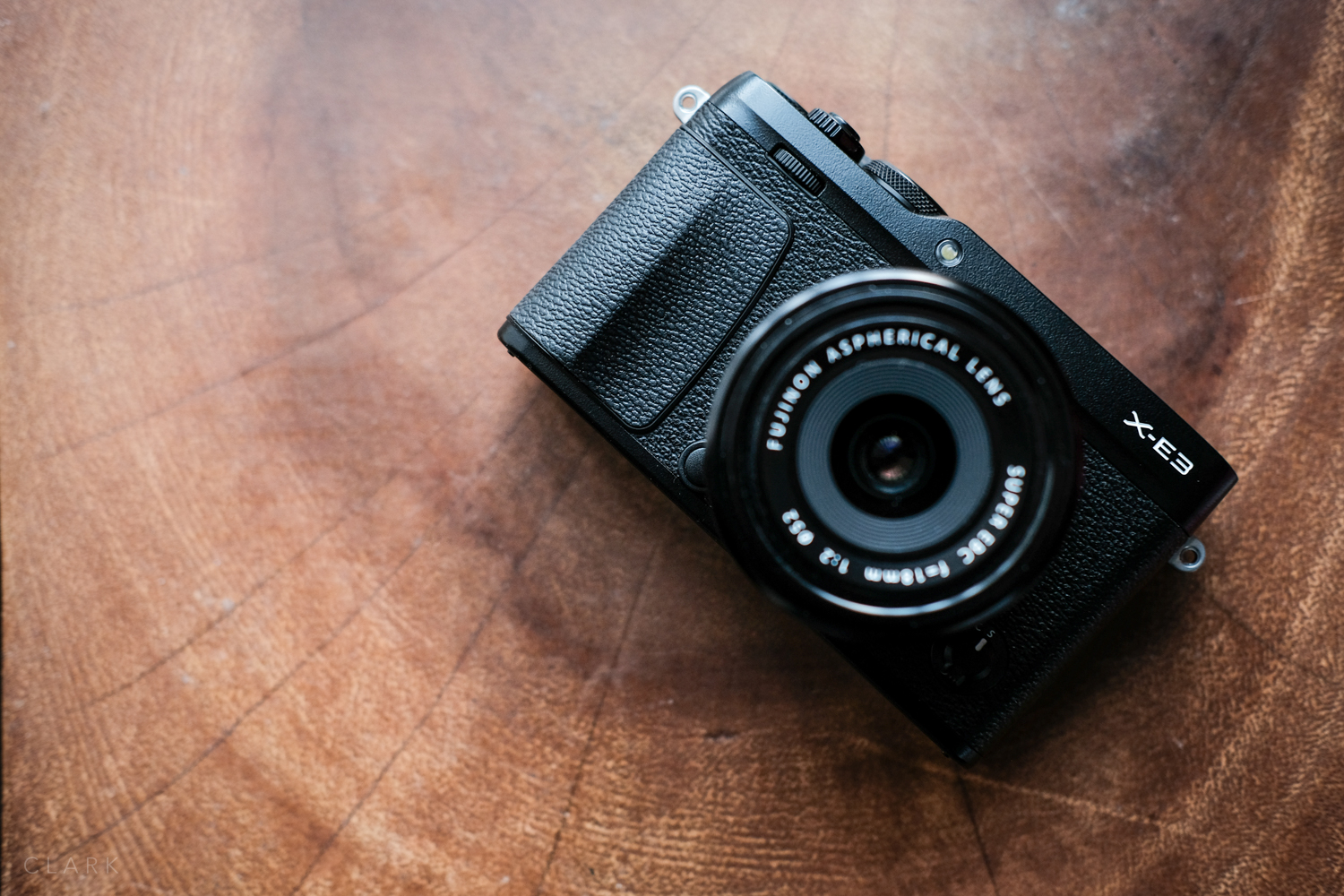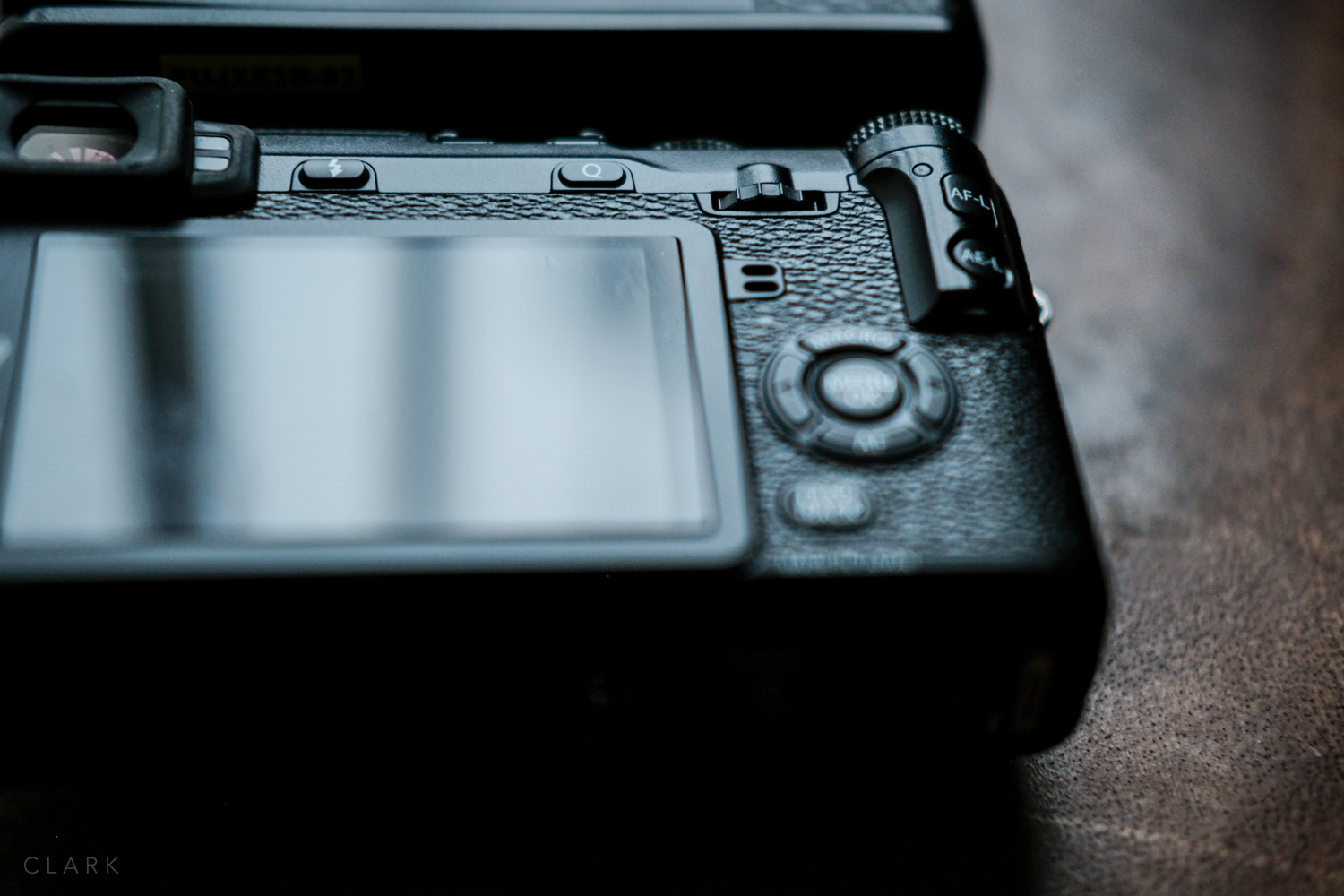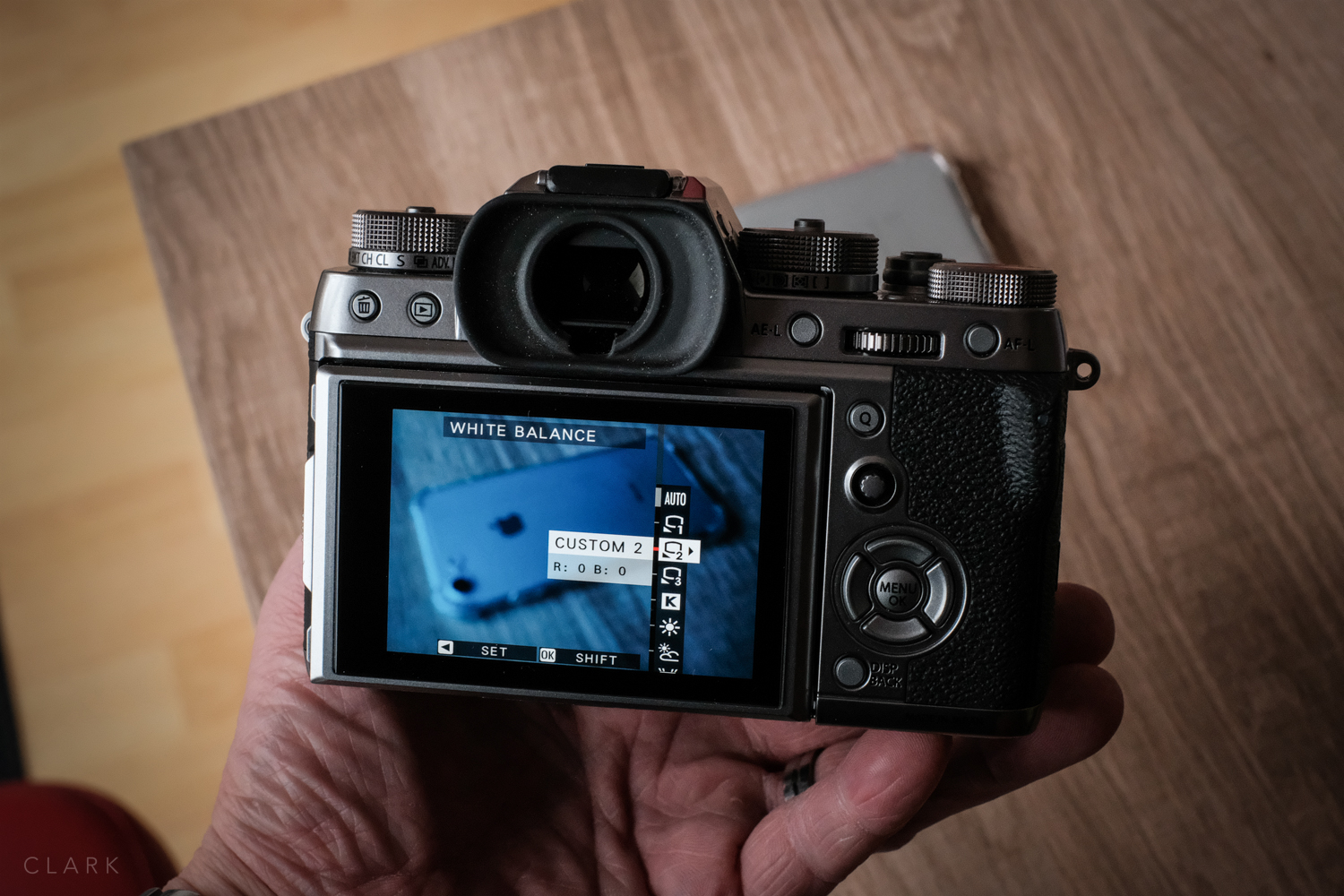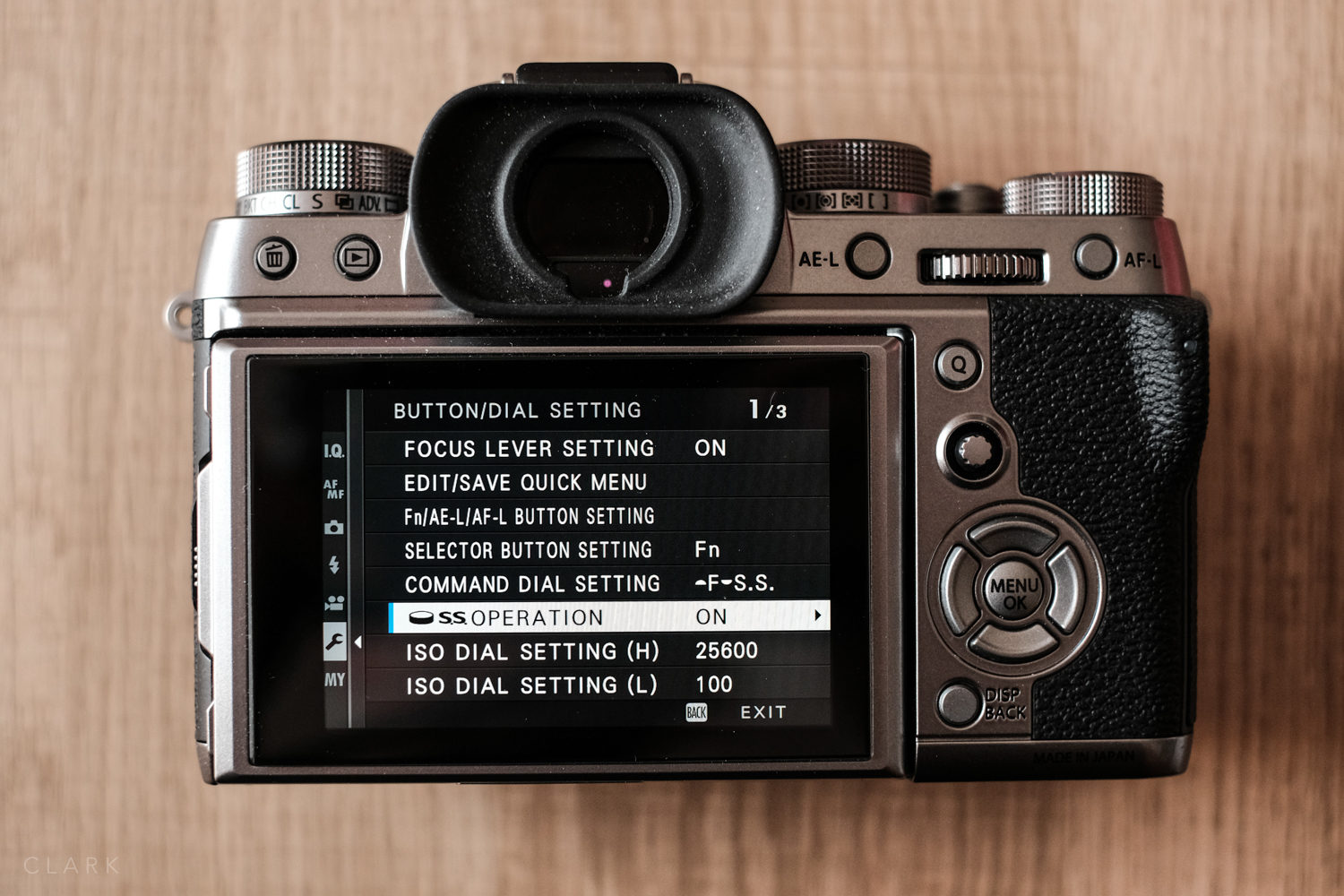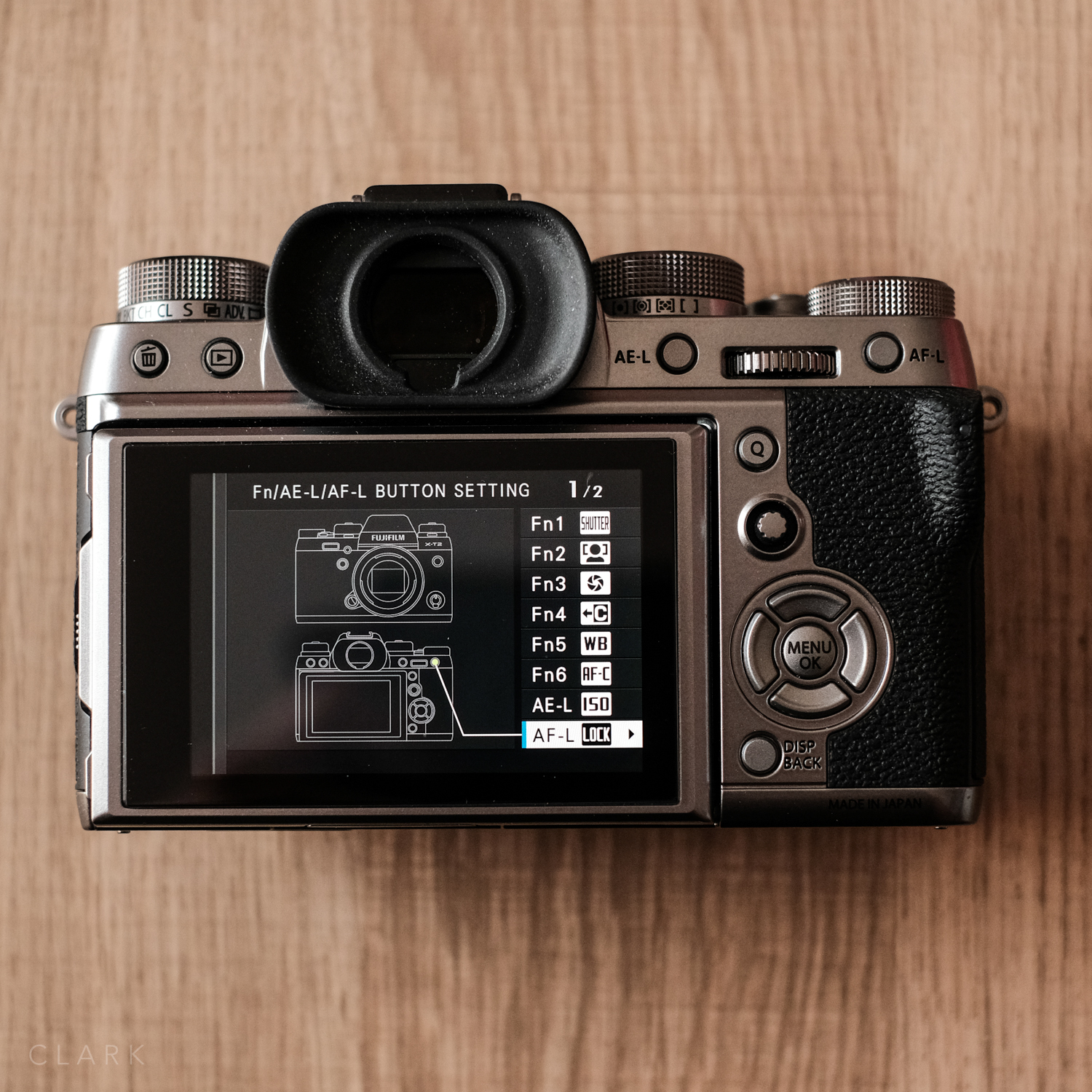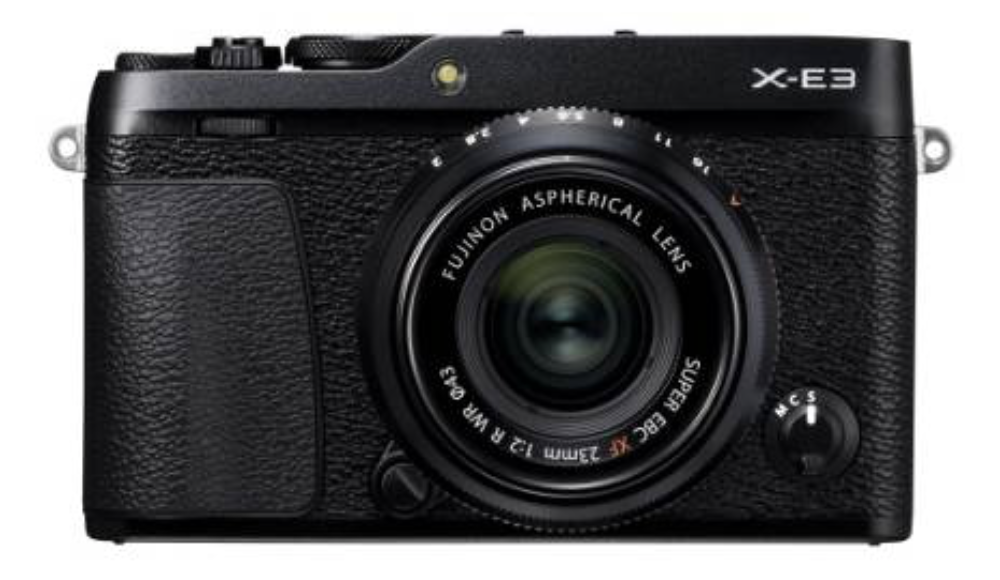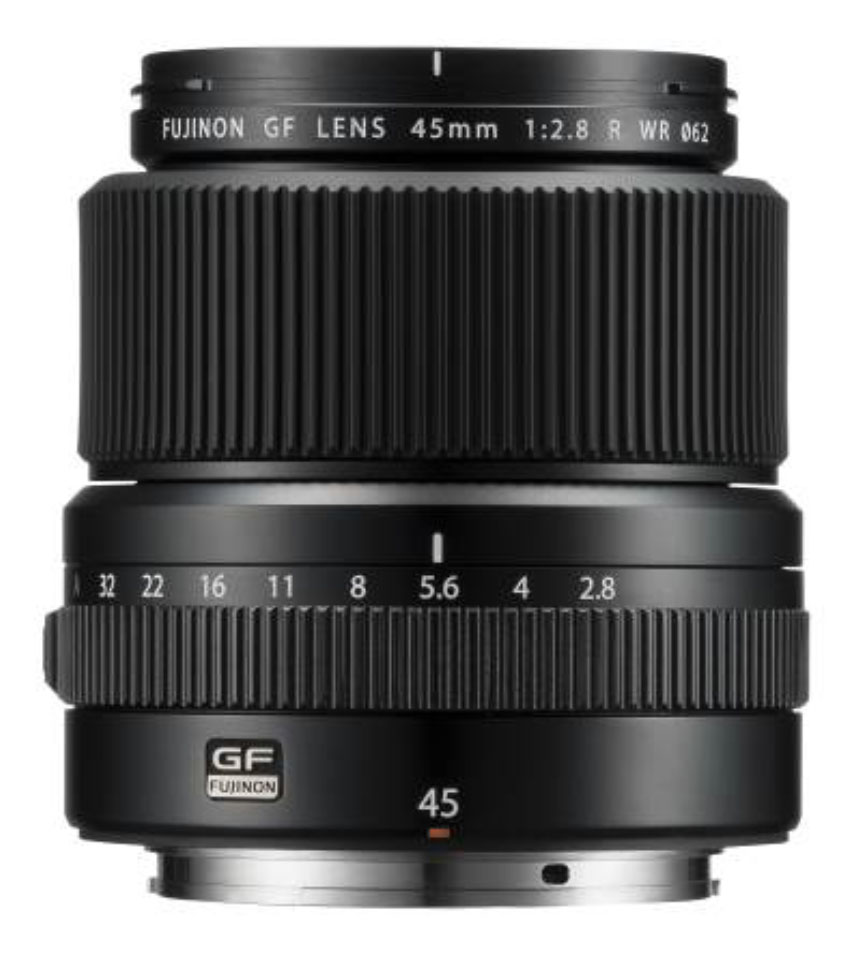EV Dials
Set them like this
I was just packing for a two day shoot and was reminded how I have to set my X-T2 and X-T3 differently to make them operate the same. I thought it might be of interest to anybody else that uses these two cameras as a pair.
This only applies if you use the front command dials to control ISO and set shutter speed and aperture manually. In other words, the cameras are in full manual and the front command dial is being used to adjust exposure. This works well for me in concert photography as I need as much light as possible, so shoot wide open. I also know I can’t go lower than 1/125th second when I’m zoomed all the way in with the 50-140mm f2.8 (OIS on). So my variable is ISO and I want to be able to adjust it with the front command dial and then press it to lock ISO. One more press and ISO can be adjusted again. This prevents me from moving ISO unintentionally.
The X-T3 works this way when the ISO dial is set to C. Each press of the front command dial cycles through ISO - EV. But when the X-T2 is set to C it cycles through F - EV - ISO. If The X-T3 is set to 0 on the ISO dial, ISO is always live on the front command dial and can’t be locked. This might be sounding a bit complicated at this point. So in short:
Settings Menu - Buttons and Dials - ISO Dial Setting - COMMAND (on both cameras).
Set X-T2 ISO Dial to 0 (zero)
Set X-T3 ISO Dial to C
Use the front command dial to adjust ISO and press it to lock/unlock the wheel (both cameras).


